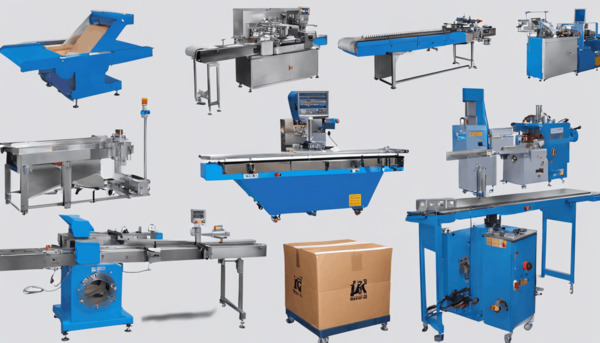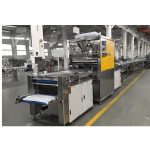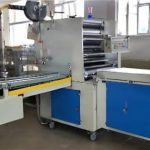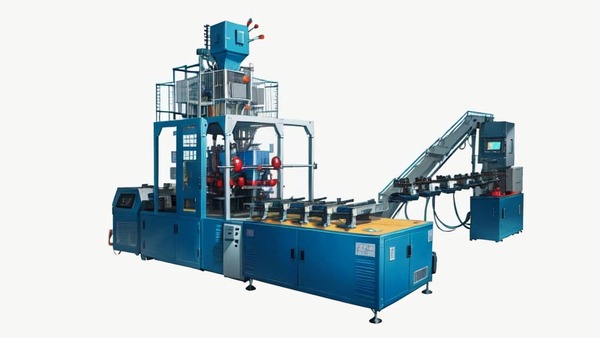
Understanding the Shelf Life of Vacuum-Sealed Chicken
Vacuum sealing has become one of the most effective and widely adopted methods for food preservation, especially for perishable items like chicken. By removing air from the packaging, vacuum-sealing significantly slows down the growth of bacteria and fungi, which are the primary agents of food spoilage. However, while vacuum sealing extends the shelf life of chicken, several factors influence how long vacuum-sealed chicken can last, including storage conditions, the type of chicken (raw or cooked), and whether it is stored in a refrigerator or freezer.
This article provides a comprehensive analysis of how long vacuum-sealed chicken lasts, explores the benefits and limitations of using an automatic vacuum packaging machine, and addresses the broader implications of vacuum-sealing technology in food preservation.
What is Vacuum-Sealing and How Does it Work?
Vacuum sealing is a method of packaging food where air is removed from a plastic bag or container before sealing it tightly. The absence of air creates an anaerobic environment that inhibits the growth of aerobic microorganisms, including bacteria and mold. This helps to preserve the quality and extend the shelf life of perishable foods like chicken.
The Role of Automatic Vacuum Packaging Machines
Automatic vacuum packaging machines simplify and automate the process of vacuum-sealing food items. These machines work by extracting air from the packaging and then sealing it shut with heat or adhesive. Some advanced machines also offer additional features such as adjustable vacuum strength, compatibility with different bag types, and integration with other packaging systems. This technology is widely used in both commercial food production and home kitchens for its convenience and efficiency.
How Long Does Vacuum-Sealed Chicken Last?
The shelf life of vacuum-sealed chicken depends on several variables such as its storage temperature, whether it is raw or cooked, and the quality of the vacuum seal itself. Below is an in-depth look at these factors:
Raw Chicken
When stored properly, raw chicken that has been vacuum-sealed can last significantly longer than chicken stored in traditional packaging.
- In the Refrigerator: Vacuum-sealed raw chicken can last up to 7-10 days when stored at a temperature below 40°F (4°C). This is a considerable improvement over the 1-2 days shelf life of chicken stored in standard plastic wrap or butcher paper.
- In the Freezer: Vacuum-sealed raw chicken can last up to 9-12 months when frozen at 0°F (-18°C) or below. In contrast, non-vacuum-sealed chicken typically lasts only 6 months in the freezer before freezer burn affects its quality.
Cooked Chicken
Cooked chicken also benefits from vacuum sealing, as it helps to preserve flavor and texture while extending its shelf life.
- In the Refrigerator: Vacuum-sealed cooked chicken can last up to 2 weeks in the refrigerator, compared to 3-4 days for non-vacuum-sealed cooked chicken.
- In the Freezer: Vacuum-sealed cooked chicken can last up to 12 months in the freezer without significant loss of flavor or texture.
Factors That Affect Shelf Life
While vacuum sealing can dramatically extend the shelf life of chicken, several factors must be considered to maximize its longevity:
- Storage Temperature: Consistently low temperatures are critical for preserving vacuum-sealed chicken. Fluctuations in temperature can encourage bacterial growth even in anaerobic conditions.
- Seal Integrity: A compromised seal allows air to enter, reducing the effectiveness of vacuum packaging. Always check for leaks or loose seals before storing your chicken.
- Pre-Sealing Preparation: Ensure that the chicken is fresh and clean before vacuum sealing. Spoiled or contaminated chicken will not benefit from vacuum sealing.
- Type of Packaging Material: High-quality vacuum bags or containers that are designed for freezing and long-term storage will provide better results than cheaper alternatives.
Benefits of Using an Automatic Vacuum Packaging Machine
Automatic vacuum packaging machines offer numerous benefits for both individual consumers and businesses involved in food production and distribution:
Extended Food Shelf Life
By removing air from the packaging, these machines help to prolong the freshness of perishable foods like chicken. This reduces food waste and saves money for consumers and businesses alike.
Improved Food Safety
Vacuum sealing reduces the risk of contamination by creating an airtight barrier around the food. This is especially important for raw meats like chicken, which are prone to bacterial growth if not stored properly.
Enhanced Flavor Retention
Vacuum sealing preserves the natural flavors and textures of food by preventing moisture loss and exposure to external odors.
Space-Saving Storage
Vacuum-sealed bags take up less space than traditional storage containers, making them ideal for optimizing storage in refrigerators and freezers.
Efficiency for Businesses
For businesses in the food industry, automatic vacuum packaging machines streamline operations by enabling faster and more consistent packaging processes.
Limitations of Vacuum Sealing
While vacuum sealing offers numerous advantages, it is not a foolproof solution for food preservation:
- Anaerobic Bacteria Risk: Although aerobic bacteria are inhibited by vacuum sealing, anaerobic bacteria such as Clostridium botulinum can still grow if food is stored at improper temperatures.
- Initial Cost: High-quality automatic vacuum packaging machines can be expensive, making them a significant investment for some households or small businesses.
- Plastic Waste Concerns: Single-use vacuum-seal bags contribute to plastic waste unless reusable bags or more sustainable materials are used.
Conclusion
Vacuum-sealing technology has revolutionized food storage by extending shelf life, preserving quality, and reducing waste. For raw chicken, vacuum sealing can extend its life to 7-10 days in the refrigerator and up to 12 months in the freezer. Cooked chicken enjoys similar benefits, lasting up to 2 weeks in the fridge and 12 months in the freezer when properly sealed.
Automatic vacuum packaging machines make this process simple and efficient, offering benefits such as improved food safety, enhanced flavor retention, and space-saving storage options. However, users must remain aware of certain limitations, such as the potential growth of anaerobic bacteria and environmental concerns related to plastic waste.
By understanding how to use this technology effectively, consumers and businesses can maximize its benefits while minimizing its downsides, making vacuum sealing an invaluable tool in modern food preservation.




